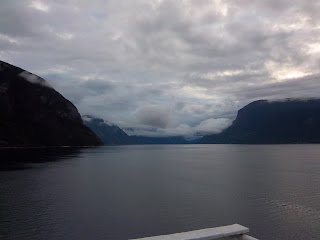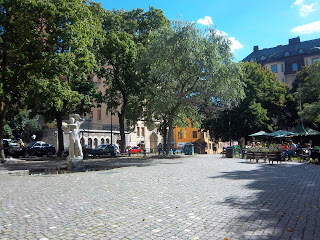Ever since reading Even Silence Has An End, My Six Years
of Captivity in the Columbian Jungle by Ingrid Betancourt, I have followed
news of the talks between the Columbian government and the FARC, the leftwing
guerilla group that has been terrorizing the people of Columbia for 52 years. I
am not well versed enough in this conflict to have an opinion about whether or
not the FARC’s demands had any justification. Whether they did or not, they
held many Columbians terrorized and were responsible for the deaths of many.
Their tactics were ruthless.
In her book, Ingrid Betancourt chronicles her experiences
being kidnapped and held captive by the FARC in the jungles of Columbia from
2002 to 2008. It is amazing how far the depths are of people's cruelty to one
another. In Ingrid Betancourt’s experience with the FARC, the depths of
inhumanity seemed to have no bottom. I
felt as though I was plodding through the jungle with her as I read her book.
Several times Ms. Betancourt spent months planning an escape in intricate
detail. Each time that she tried to carry out her plans she was recaptured and
brought back to the camp where she was being held hostage. She maintained her
sanity by praying, reading, exercising, and forging friendships with the other
hostages whom the FARC was holding in captivity.
Ingrid Betancourt had a relatively high position in the
Columbian government and she was fortunate in another respect. She had dual
French/Columbian citizenship and the French government advocated for her
release. The Columbian government did as well and finally rescued her and
several other hostages in a raid on the FARC.
Now that the Columbian government and the FARC have signed a
peace treaty after all these 52 years, I wonder what Ms. Betancourt will say
about it. For me, it is a sign of hope. If after 52 years at war they can
finally sign a peace treaty, there must be hope for the rest of the world. As
Jews including myself prepare to usher in a New Year on our calendar, I take
this event as an omen. I hope that in the year ahead the Israelis and
Palestinians will return to the negotiating table and that other such conflicts
will also find an end.

















